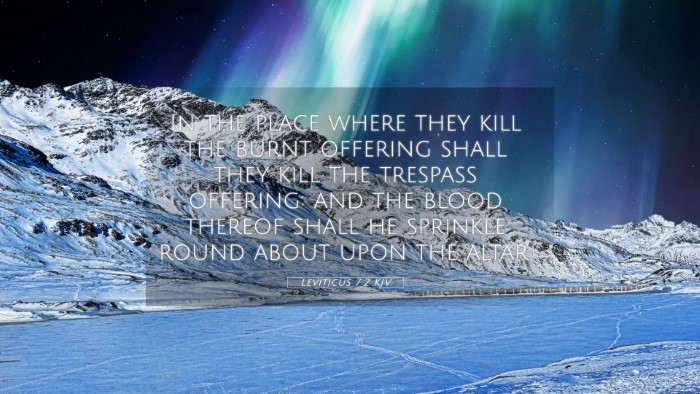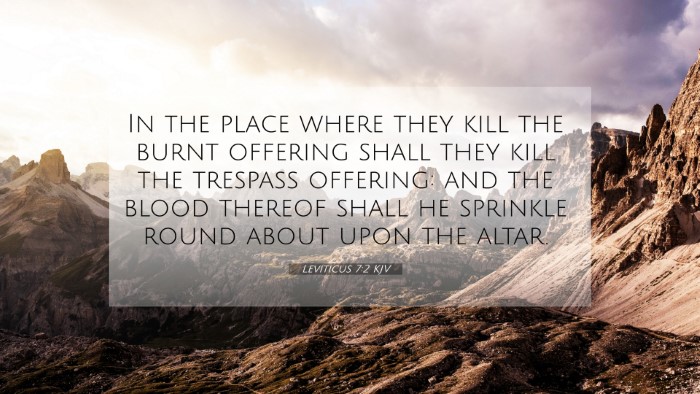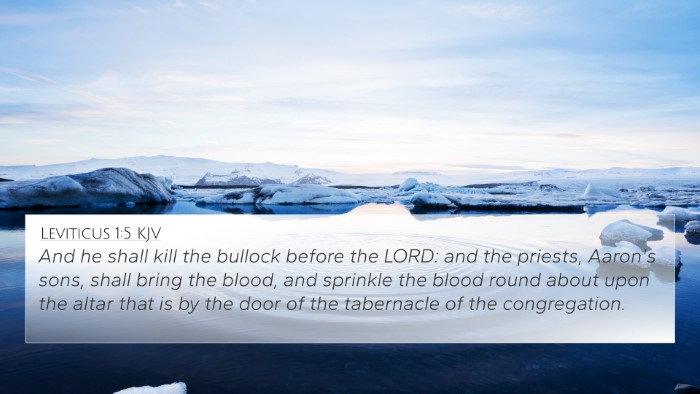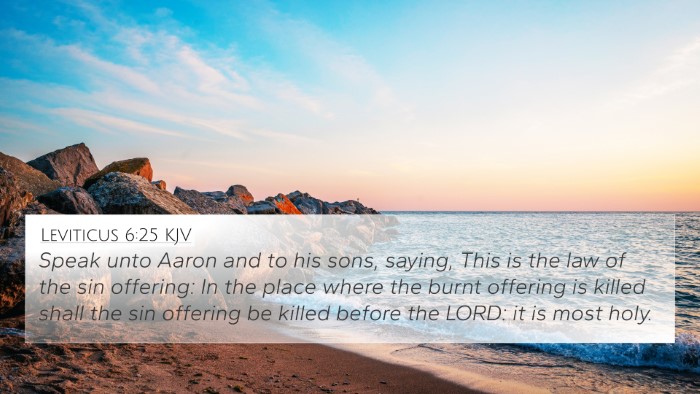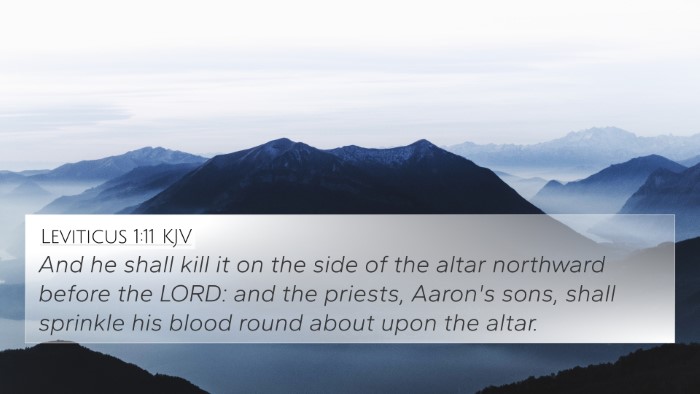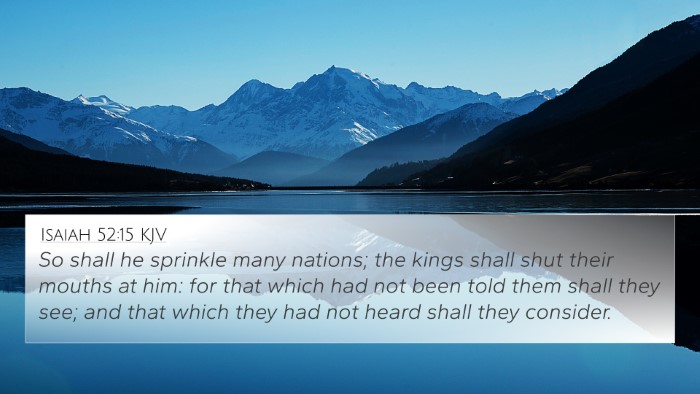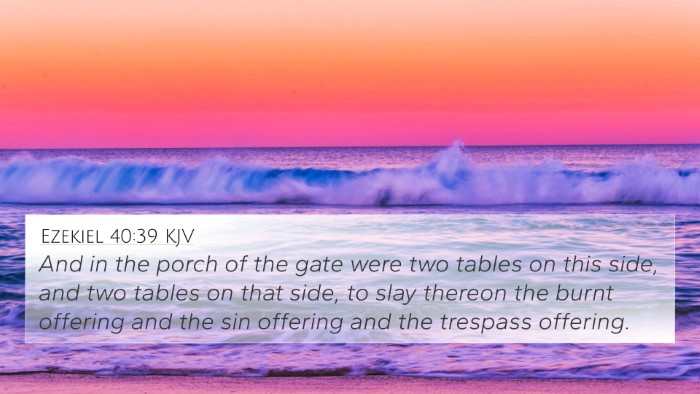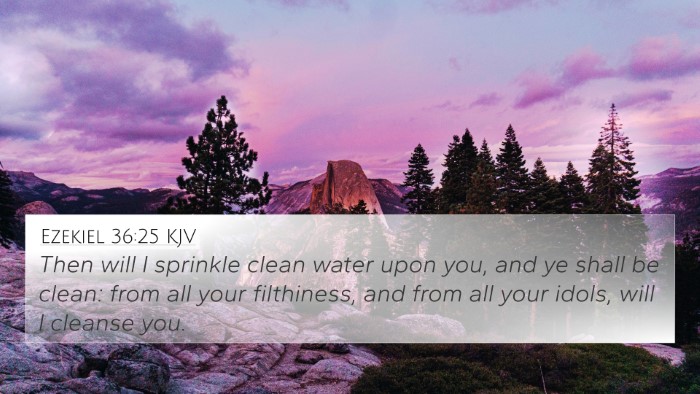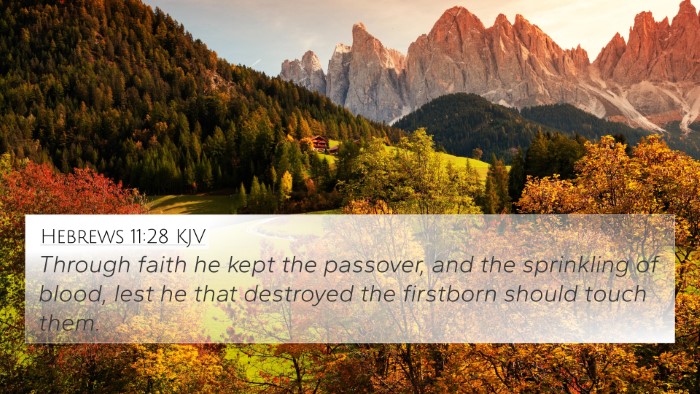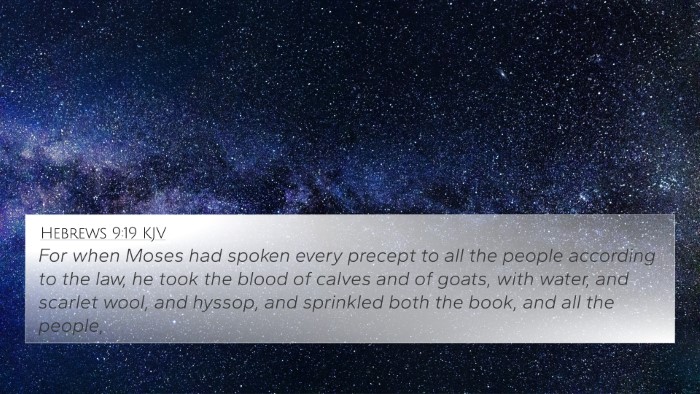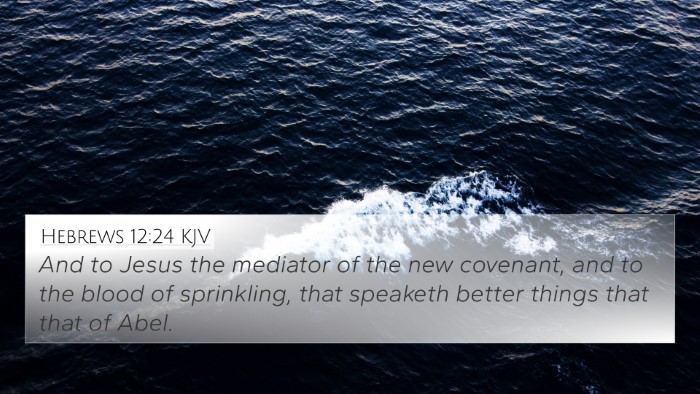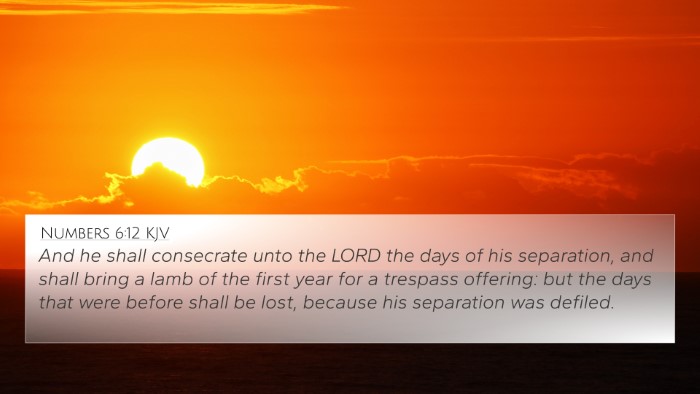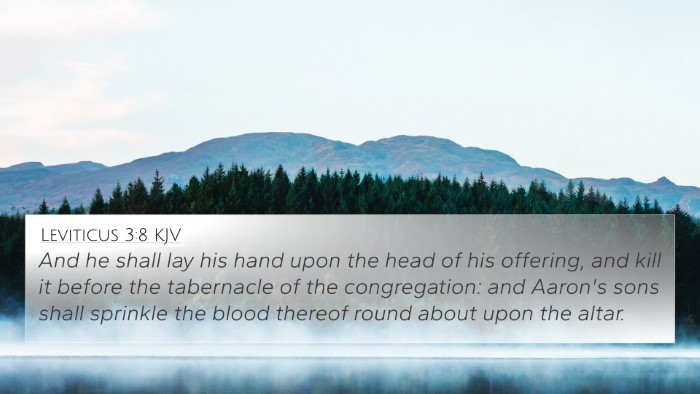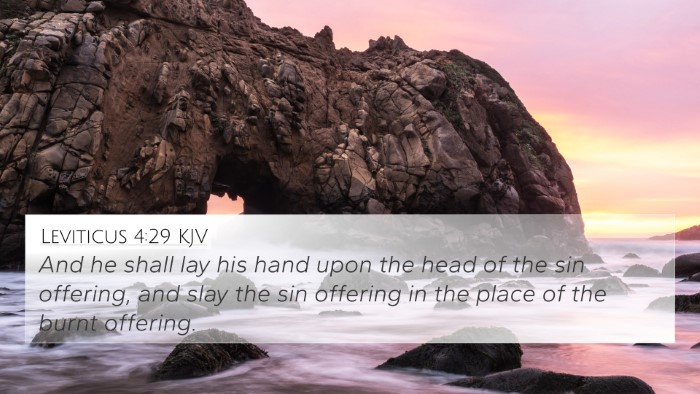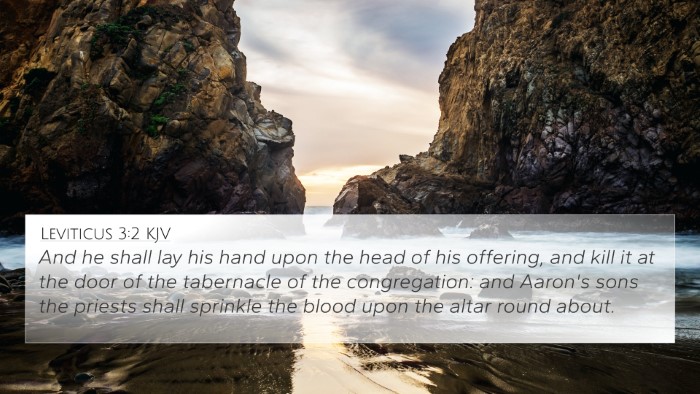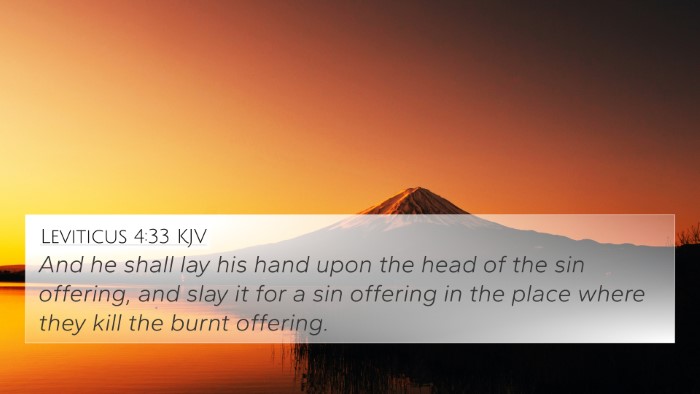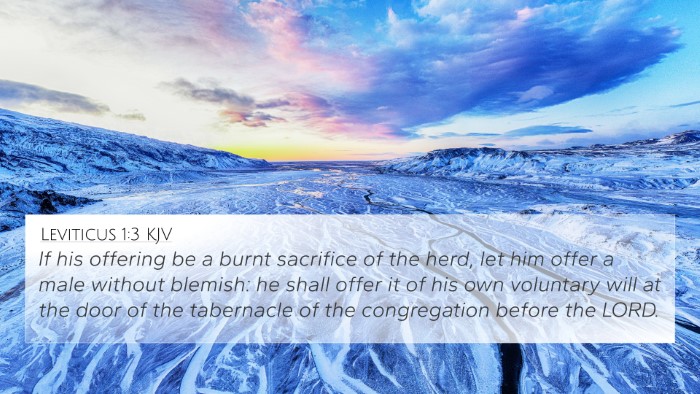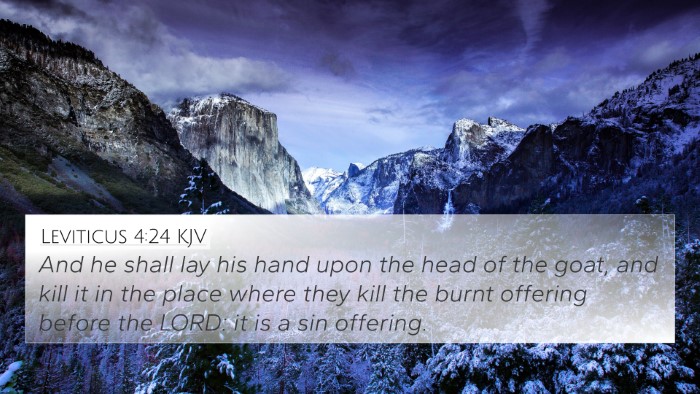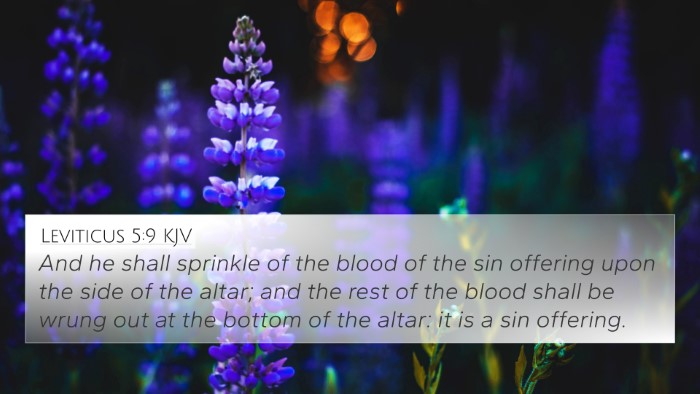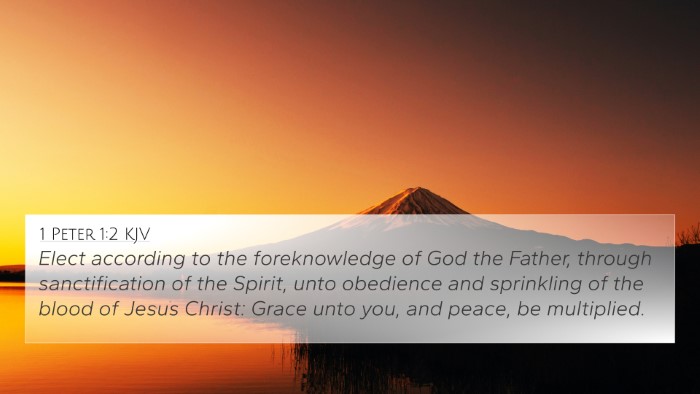Understanding Leviticus 7:2
Leviticus 7:2 reads: "And in the place where they kill the burnt offering shall they kill the trespass offering: and the blood thereof shall he sprinkle round about upon the altar." This verse is part of the instructions regarding the sacrificial system of ancient Israel. Below is a detailed analysis based on insights from various public domain commentaries.
Overview of Leviticus 7:2
This passage specifies the procedural details for offering sacrifices in the tabernacle. It emphasizes that the trespass offering, which was given for sins against others or God, was to be handled similarly to the burnt offering, highlighting the seriousness of sin and the need for atonement.
Insights from Commentaries
-
Matthew Henry:
Henry notes that the burnt offering symbolizes complete surrender to God, while the trespass offering represents reconciliation after a wrongdoing. Both offerings being killed in the same place signifies that all sinfulness requires due process for atonement.
-
Albert Barnes:
Barnes explains that the act of sprinkling the blood around the altar serves as a visual representation of purification and the seriousness of the sin that required atonement. The repeated emphasis on blood throughout the sacrificial system signifies God's covenant with His people.
-
Adam Clarke:
Clarke emphasizes the importance of ritual purity and adherence to God's instructions. He points out that the specific location and method of sacrifice demonstrate God's desire for holiness amongst His people.
The Significance of Blood in Sacrifice
The blood in Leviticus 7:2 symbolizes life and the grave seriousness of sin. It brings forth parallels with other verses, such as:
- Hebrews 9:22: "and without shedding of blood is no remission."
- 1 Peter 1:19: "but with the precious blood of Christ, as of a lamb without blemish and without spot."
- Romans 5:9: "Much more then, being now justified by his blood, we shall be saved from wrath through him."
Connections Between Bible Verses
This verse facilitates connections with various scriptures, illustrating how themes of sacrifice, atonement, and purification run throughout the Bible. Notably,:
- Exodus 29:12: Instructions for the blood of the sacrifices.
- Leviticus 16:15: The Day of Atonement rituals involve bloodshed for reconciliation.
- John 1:29: Referring to Jesus as the "Lamb of God, which taketh away the sin of the world."
- Revelation 1:5: The cleansing power of Jesus’ blood mentioned in the context of worship.
Thematic Bible Verse Connections
Leviticus 7:2 invites believers to consider the broader implications of sin and sacrifice, as highlighted in:
- Galatians 1:4: Salvation through Jesus aligning with the sacrificial system.
- Matthew 5:24: The principle of reconciliation before offering gifts at the altar.
Cross-Referencing Biblical Texts
To properly engage with Leviticus 7:2, tools for Bible cross-referencing can be incredibly valuable. These may include:
- Bible concordance for locating similar themes.
- Bible cross-reference guide to navigate through related scriptures.
- Comprehensive Bible cross-reference resources for deeper understanding.
Conclusion
In summary, Leviticus 7:2 serves as a crucial reminder of the necessity of atonement in the biblical narrative. By examining its connection with other verses, we can better understand the overarching themes of sacrifice and redemption woven throughout Scripture.

